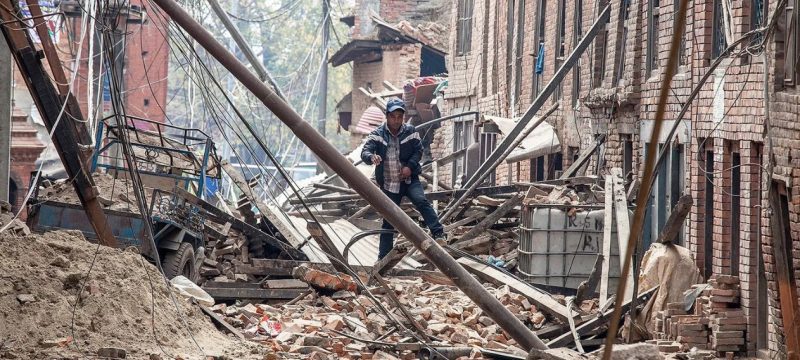Nineteen years have elapsed since the devastating earthquake that struck on October 8, 2005, yet the painful memories linger vividly for those who survived.
This earthquake, registering a magnitude of 7.6, resulted in the loss of over 74,000 lives, left more than 125,000 individuals disabled, and displaced 3.5 million people. It inflicted the most severe damage in Azad Kashmir and Khyber Pakhtunkhwa, where countless lives were altered, and entire communities were obliterated.
Read more: 5.7 Magnitude Earthquake Shakes Regions of Pakistan
The tragedy occurred at 8:52 AM that day, affecting the districts of Muzaffarabad, Rawalakot, and Bagh in Azad Kashmir, as well as the cities of Balakot, Mansehra, Shangla, Kohistan, Battagram, and Abbottabad in Khyber Pakhtunkhwa. Structures collapsed in mere moments, including the Margalla Towers in Islamabad, which tragically claimed the lives of 72 individuals.
The earthquake damaged or destroyed over 5,808 educational institutions, 307 hospitals and health centers, 2,393 kilometers of highways, and 92 bridges, resulting in a significant infrastructure deficit. Additionally, around 600,000 homes were flattened, displacing entire families and uprooting millions.
As one of Pakistan’s deadliest disasters, the earthquake received $5.4 billion of the $6 billion pledged by the international community for relief efforts, yet the road to recovery remains incomplete.
While numerous rehabilitation initiatives were introduced to restore the affected areas, progress has been sluggish. Out of 7,608 planned reconstruction projects, only 5,878 have been completed, accounting for about 77%, according to Javed Al Hasan, secretary of the State Earthquake Reconstruction and Rehabilitation Agency (SERRA) in Kashmir. The remaining 1,730 projects remain unfinished, with Rs1.8 billion owed to contractors for 700 of them. Approximately 65 schools are still pending completion, requiring an estimated Rs1 billion to finalize.
In spite of these challenges, the National Disaster Management Authority (NDMA) has taken measures to enhance preparedness. Zara Hassan, a technical assistant at NDMA, mentioned that an automatic earthquake warning system has been implemented to monitor seismic activity in vulnerable areas like Muzaffarabad, situated along the Main Boundary Thrust Line. The NDMA has also developed scenarios to evaluate potential damage from future earthquakes.
Although financial recovery has progressed to some degree, the emotional impact of the earthquake remains incalculable. Nineteen years later, while many may have physically recovered, the memories of loss, separation, and devastation continue to haunt survivors, reminding them of life’s fragility and the unpredictable nature of the world.









